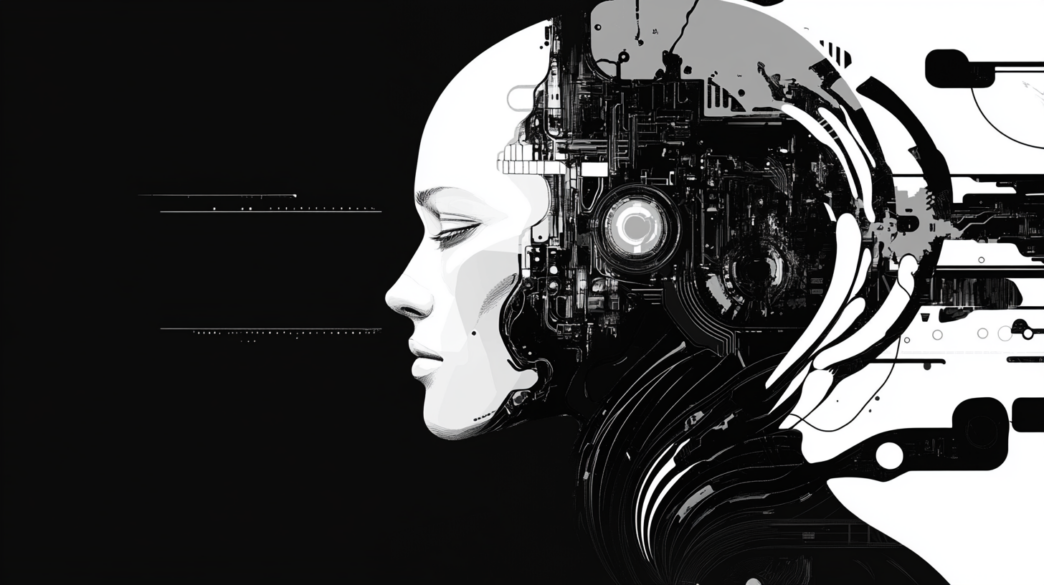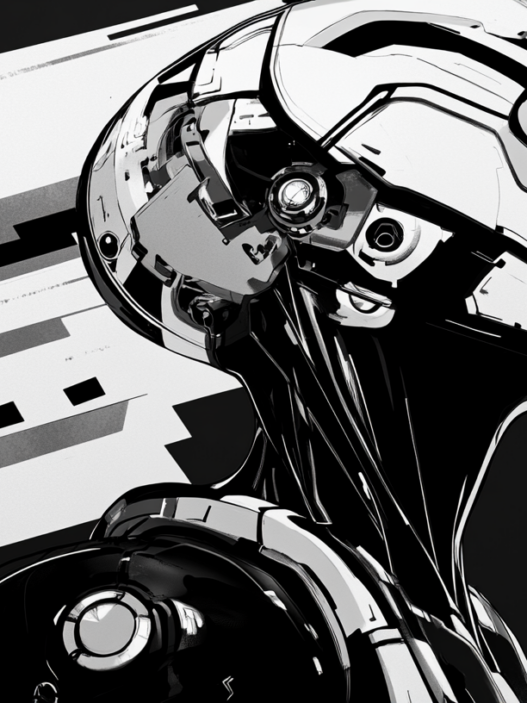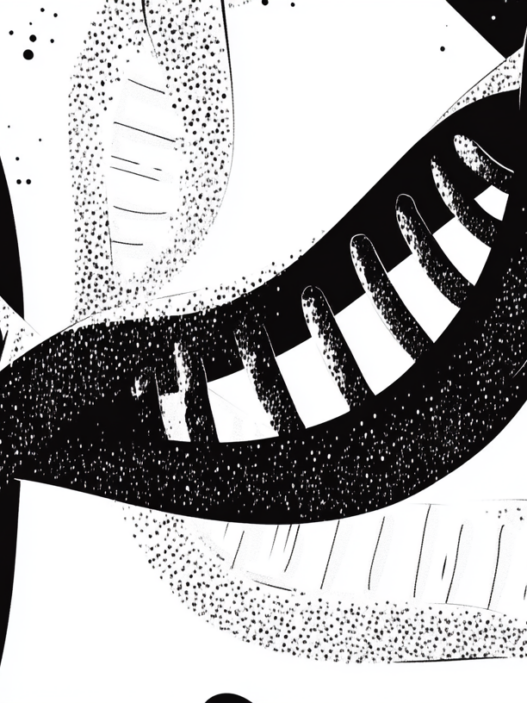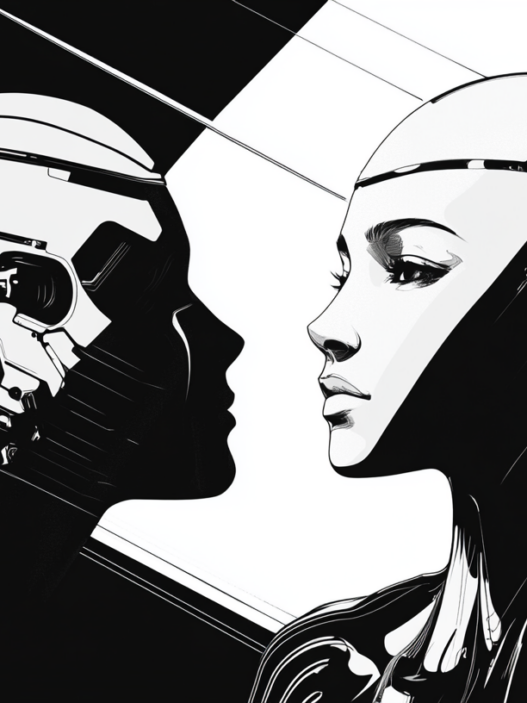The convergence of human and machine in 2024 presents transformative possibilities for enhancing human capabilities, but it also introduces significant risks and ethical dilemmas.
“As we blur the line between man and machine, we must tread carefully to ensure that the technology serves humanity, and not the other way around.”
Elon Musk, CEO of Neuralink
In 2024, the merger of man and machine is no longer theoretical but a fast-approaching reality. From brain-computer interfaces that allow direct control of devices to advanced prosthetics that seamlessly integrate with the nervous system, the potential benefits of these technologies are immense. They promise to restore lost abilities, enhance human cognition, and even redefine the human experience. However, these advancements also bring significant risks, including the potential for hacking, loss of privacy, and ethical concerns about autonomy and the nature of consciousness. As we stand on the brink of this new era, careful consideration must be given to the promises and perils of merging man and machine.
Technological promise:
- Enhancing abilities and redefining human experience.
Significant risks:
- Hacking, privacy, and autonomy concerns.
Ethical considerations:
- Balancing innovation with caution.
The merger of man and machine in 2024 offers both groundbreaking opportunities and serious risks.























